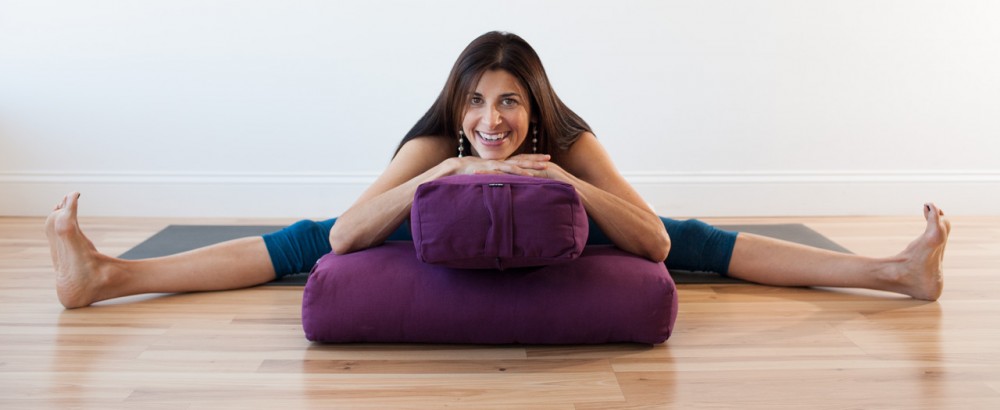 “the flow experience is typically described as involving a sense of control – or, more precisely, as lacking in the sense of worry about losing control that is typical in many situations of normal life” – Mihaly Csikszentmihalyi: FLOW
“the flow experience is typically described as involving a sense of control – or, more precisely, as lacking in the sense of worry about losing control that is typical in many situations of normal life” – Mihaly Csikszentmihalyi: FLOW
“flow describes well the sense of seemingly effortless movement” – Mihaly Csikszentmihalyi: FLOW
“Vinyasa yoga teaches us to cultivate an awareness that links each action to the next – on the mat and in our lives” – Shiva Rea, Yoga Journal
“Vinyasa is, I believe, one of the richest concepts to emerge from yoga for the successful conduct of our actions and relationships” – T.K.V. Desicachar, Health, Healing and Beyond
“Practicing the postures progressively, we gradually achieve more steadiness, alertness, and overall comfort” – T.K.V. Desicachar, The Heart of Yoga
I was recently sent the question; “What do you think of vinyasa?”…Those of you who know me by now are probably laughing, “that’s it, here she goes, it’s never a one word answer, it’s always a blogpost!” Correct! Very layered subject. I mean, look at the above photo. Phases of the moon, sunrise/sunset, the flow of seasons, a flower blossoming, birthdays…these all reflect underlying patterns of fluidity and transformation.

 The word “Vinyasa” is a derivative of the Sanskrit term, nyasa, which means “to place” and the prefix, vi, which means “in a special way”. Musicians will relate to this, as the sequencing of notes forms a melody.
The word “Vinyasa” is a derivative of the Sanskrit term, nyasa, which means “to place” and the prefix, vi, which means “in a special way”. Musicians will relate to this, as the sequencing of notes forms a melody.
Vinyasa as a style of yoga is basically a class that continues to flow, and many of these are based on Sun Salutations. You do not always get a chance to really deepen into a pose or learn all the foundational skills required, because one posture moves into the next, flowing hopefully with a strong connection to one’s breath.
Another meaning of vinyasa in the Yoga teaching world, relates to sequencing of postures which needs to be carefully planned to properly ensure students are warmed up for challenging poses, then move through a counter pose and then rested for integration.
As Yoga Therapists, we assess the the needs of a student, and choose a progressive approach towards meeting these needs. I like vinyasa as a way to warm up the body in specific ways, for instance, to learn the skills required in, the postures I am going to be including in my practice, or in a class. The vinyasa I use might be any other sequences than sun salutations, it depends. I also Iike to hold postures with support, to build strength, teach my body kinetic skills that will improve posture/asana, re-balance and align me and challenge me to maintain a calm breath and deep focus while all this is happening. It helps to wake up the body’s sluggish or stagnant or underworked zones. I then like to use restoratives, again, with support, to calm my body’s overworked areas. My vinyasa, in other words, is a flowing sequence but the flow allows me to stop, look inside, and listen…in addition to strengthen, tone, build strength, relax.
To understand the concept of a one-breath per movement vinyasa, here is a little sequence to try now: inhale as you stretch your fingers wide, exhale as you relax them..Then try exhale open fingers and inhale close them…then just opening and closing. Did one way feel more mindful? Usually we inhale to expand/open, exhale to relax/contract.. This simple exercise shows you how there is a deep mindfulness built into sequencing. Also, how when you do it the first way, it feels so comfortable and opening that you get absorbed in a steady stream of consciousness (flow).
Foundational to the system of Yoga, is that vinyasa, or “artful sequencing” as Shiva Rea calls it, is intended to apply to our daily life as well. Whether this means something simple as brushing your teeth after a meal, setting up your appointments so you have scheduled some time for your own peacefulness, saying “thank you” to someone for cooking you the perfect dinner, “job well done!’ after your team completes a project at work. The approach of the practise of vinyasa is to honor each of the stages and understand how each step builds a foundation for the next one. Preparedness and mindfulness go hand in hand. Consistent Yoga practise builds this in your consciousness, and evolves it in your life, the way a seed grows, forming roots, into a tall tree.
You can’t take the next step before being aware of where you are starting from, so every action plan begins with this question. This is what I would ask the man who sent me the email. What is your physical, mental, emotional starting point. Then, be open to the honest answers that are generated from your own inner guidance system. This will help you create an action plan for wellness – on or off, the yoga mat.
Om shanty, shanty, shanty
Rana



